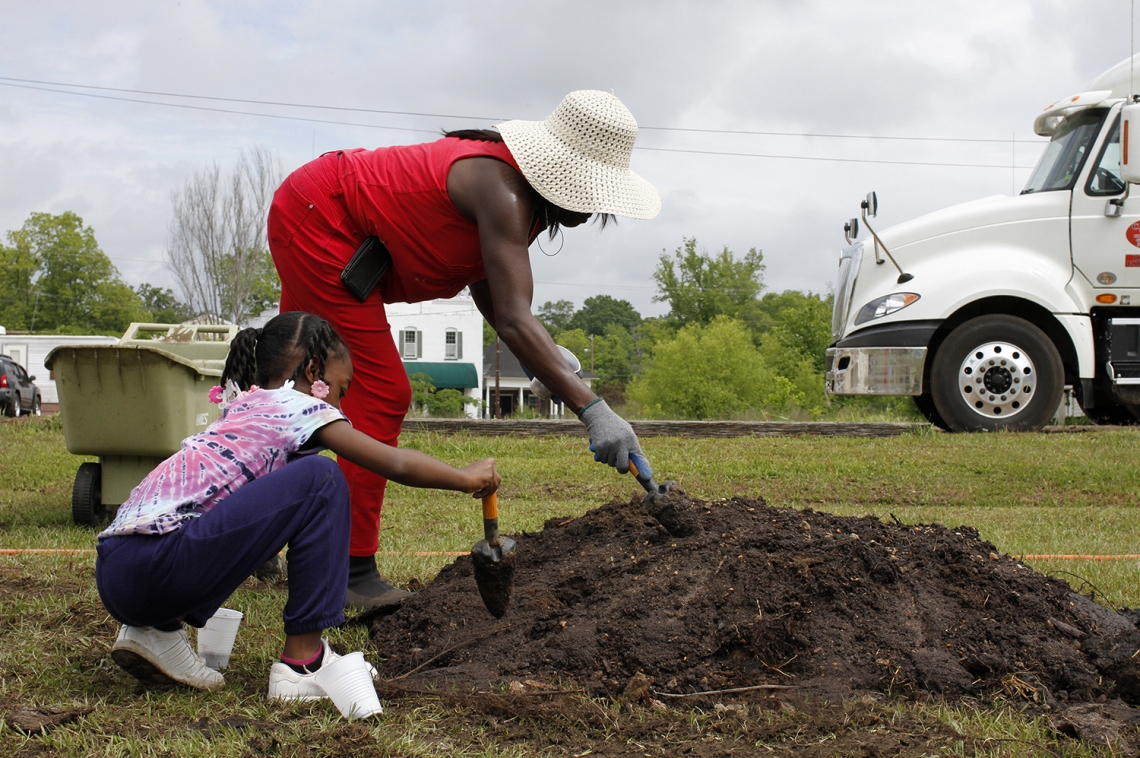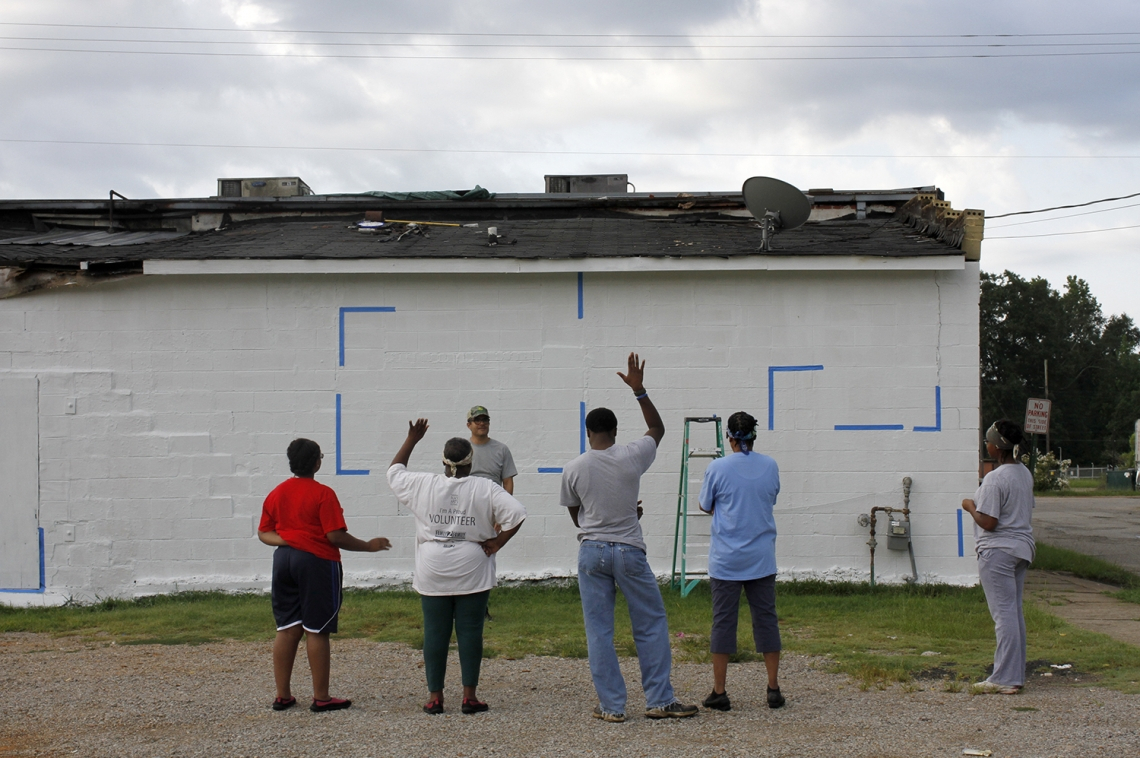

Those who have been following ArtPlace’s progress closely know that we talk about our work as investing in arts-based strategies to help achieve place-based outcomes in order to reposition arts and culture as a core sector of community planning and development. In order to make sure that we are covering the entire field of community planning and development, we have identified ten sectors that generally cover that terrain.
At our annual Grantee Summit that we hosted in Philadelphia in May, we organized our breakout sessions around these ten sectors, featuring our grantees working in those areas in conversation with an expert from the field.
This post marks the first in a ten-part series that continues these conversations.
Today’s post is a summary of a conference call we hosted with Shana Berger of the Coleman Center for the Arts in York, AL; Brandon Dennison of the Coalfield Development Corporation in Huntington, WV; and Bob Reeder of Rural LISC (which works nationally) to revisit their workforce development discussion.
Workforce development is the preparing, training, and placing of people in specific career pathways. Workforce development facilitates sector-specific strategies to ensure adequate workforces are in place for viable employers. Workforce development entities often serve as intermediaries among the private sector, educational systems, and grassroots community groups, with an emphasis on ensuring access to well-paying jobs for low-income individuals.
Most of the workforce development organizations in the ArtPlace America network are “grassroots” organizations that collaborate with “grasstops” entities to foster healthy economies. For instance, the Coleman Center for the Arts is a community-based arts organization that works with the local university's entrepreneurial engine to train people for the retail industry. The Coalfield Development Corporation, on the other hand is deeply embedded in its Appalachian community and is providing people with on-the-job training in the craft economy.
Everyone agreed that the power of the workforce development conversation is that it is an issue in which everyone has a stake. The need for workforce development cuts across rural/urban divides, conservative/liberal ideologies, and private/public silos.
In order for any community “to function, people have to have jobs. It seems to be a unifying issue across the board,” Brandon emphasized.
Bob agreed, saying, “We have to jump out of these self-segregated silos and realize that there are cross-cutting issues that impact urban centers as just as significantly as rural centers. Once we identify and build up those issues, we can make more inroads towards progress as partners as opposed to competitors.”
A fresh new conversation about the role of arts and culture in workforce development is heating up around the value that arts and culture can bring to creating jobs, building skillsets, and strengthening an economy.
In Philadelphia, the group distilled three approaches to how arts and culture can contribute toward workforce development:
-
Employers can leverage arts-based strategies to build their internal capacity for creative thinking, cultivating valuable skillsets in existing employees such as problem solving, communication, and critical thinking – which will allow them to advance beyond entry-level positions to higher paying jobs.
-
Companies can bring in artists to take non-traditional approaches to tackling their organization's challenges, improving a company's ability to grow and create jobs in the future.
-
Thriving arts and culture scenes can be central to recruiting major employers to a given community. Companies looking to re-locate are paying more attention to the cultural vitality of a location and of its potential to improve the quality of life for their workforce. Recent data has reflected this, showing a trend towards place attracting young talent and employers in turn following talent, a reversal of the historical perception of the employer-talent dynamic.
Workforce development and economic development are inextricably linked: workforce development focuses on the training of individuals for career pathways, and this can only succeed if there is a strong enough economy to support enough jobs in which these individuals can work.
Theo Edmonds, the founder of IDEAS 40203 in Louisville, attended the workforce development session at the Philadelphia summit and encouraged companies to work with artists to achieve creative solutions as part of their growth strategies. This can help them grow their businesses via expansions that create new jobs and workforce opportunities.
"An investment firm could have an artist in-residence who helps to enhance the creative problem solving capacity of its brokers," said Theo. "This is an increasingly valuable skill in an innovation economy that goes right to the heart of business. Leaders will tell you that creativity is important to innovation. But, few will tell you that their organization is good at creativity. Business and organizational development cycles are mostly linear processes. Creativity is not. Creativity is disruptive. That is why a ‘translation framework’ for integrating artists into industry is paramount."





